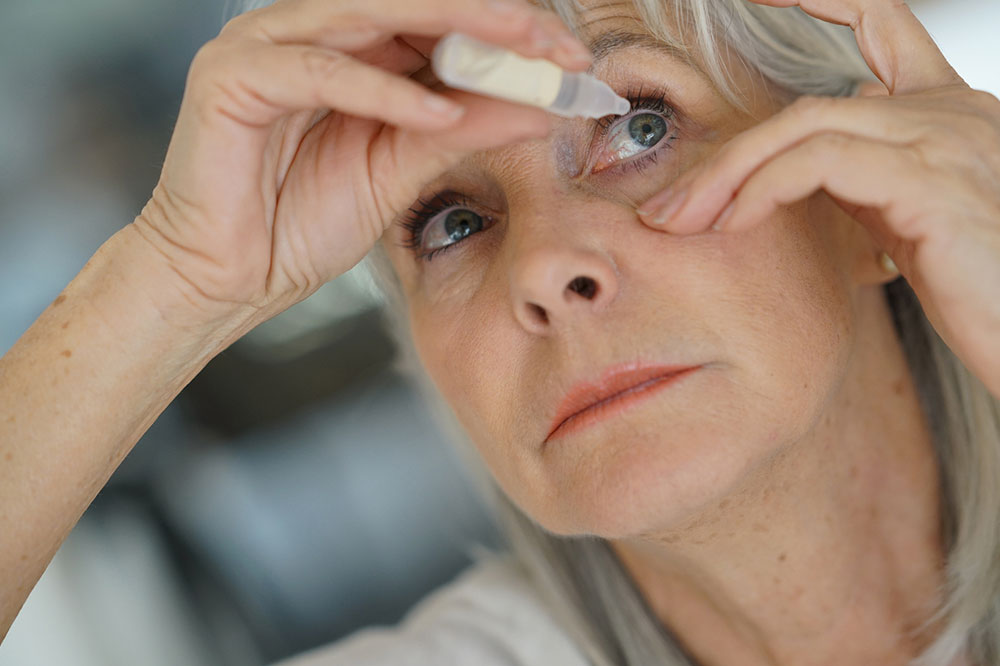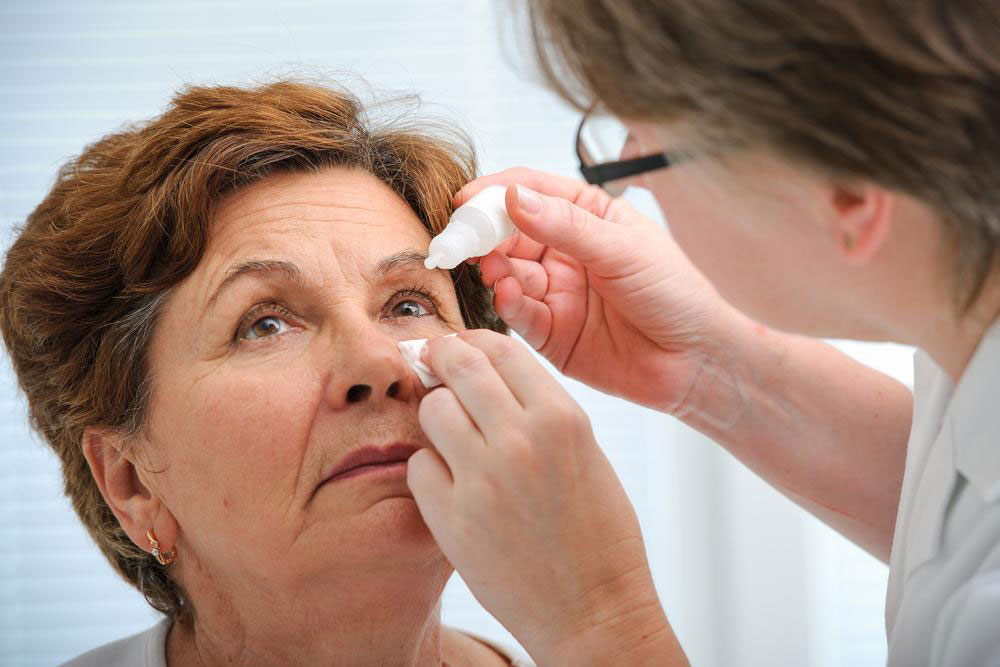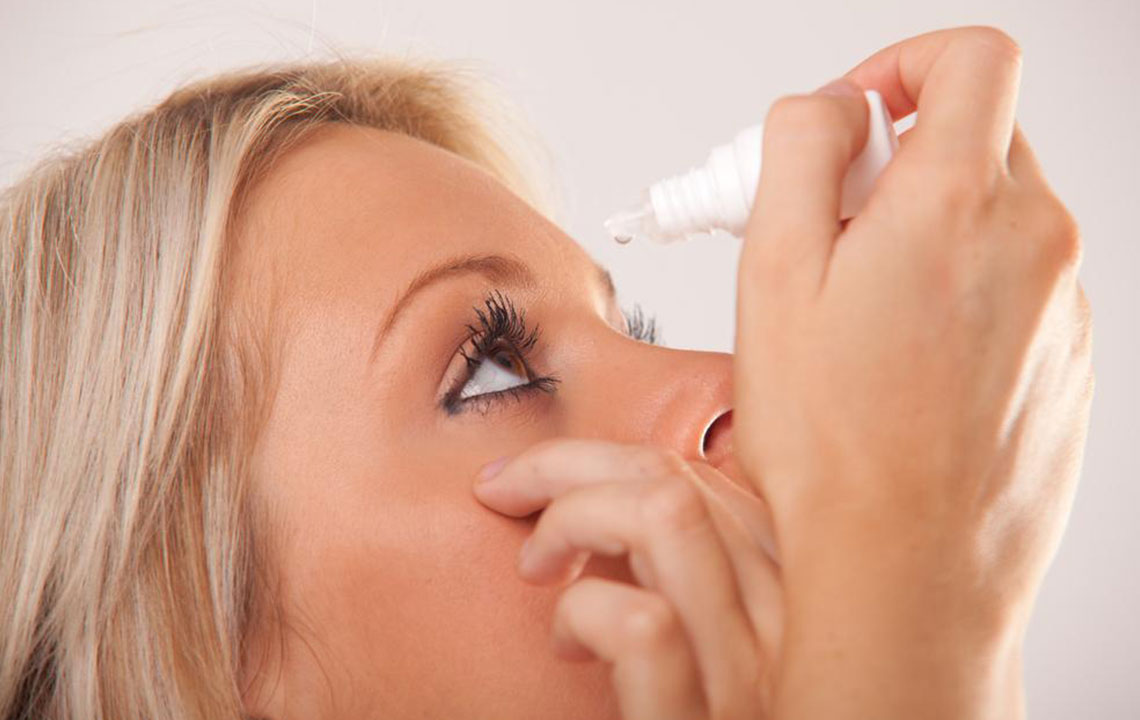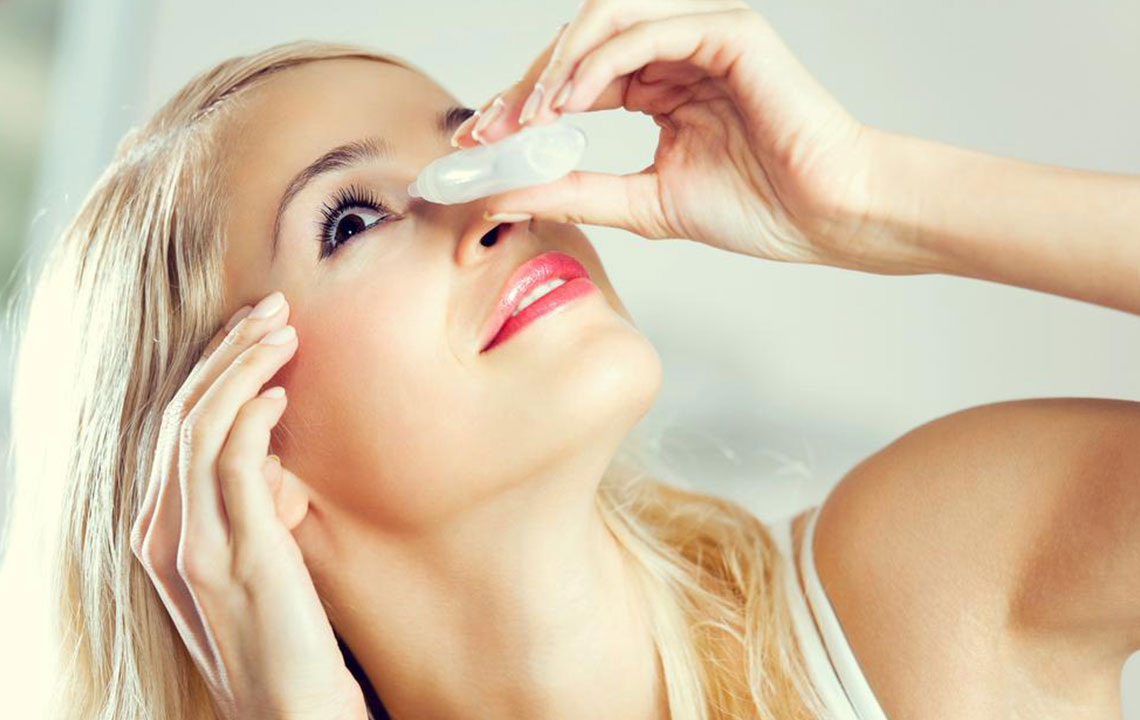Comprehensive Guide to Dry Eye Syndrome: Causes, Symptoms, and Effective Care Strategies
This comprehensive guide explores dry eye syndrome, detailing its causes, symptoms, and effective management strategies. Learn how age, environment, and lifestyle influence dry eyes and discover practical tips to prevent and treat this common condition. Early diagnosis and personalized treatment can significantly improve quality of life for sufferers, emphasizing the importance of professional care and preventive measures.

An In-depth Look at Dry Eye Syndrome: Causes, Symptoms, and Management Tips
Dry Eye Syndrome, also known as keratoconjunctivitis sicca, is a common ocular condition that affects millions worldwide. It occurs when the eyes fail to produce sufficient tears or when the tears evaporate too quickly, resulting in dry, irritated, and uncomfortable eyes. This condition not only causes discomfort but can also have serious implications if left untreated, including potential damage to the corneal surface and compromised vision. Understanding the underlying causes, recognizing the symptoms, and adopting appropriate treatment strategies are essential to managing dry eyes effectively.
Dry eyes can manifest through a variety of symptoms that can significantly impact daily activities. Individuals may experience persistent redness and inflammation, characteristic itchiness, a sensation of heaviness or grittiness, and blurry vision. Burning sensations and the feeling of having foreign objects in the eyes are also common. Interestingly, some people develop excessive tearing as a reflex response to irritation, which may seem counterintuitive but indicates a disturbed tear film balance. If you notice any of these symptoms, especially in conjunction with environmental factors or after certain activities, it is advisable to seek professional medical advice promptly.
The human eye relies on a delicate and complex tear film composed of three essential layers: lipid (oil), aqueous (water), and mucin (mucus). These layers work synergistically to keep the eye lubricated, protect against infections, and maintain optimal visual clarity. The outermost lipid layer is produced by Meibomian glands, located along the eyelid margins, which prevent rapid evaporation of tears. The middle aqueous layer, secreted by the lacrimal glands, provides hydration and nutrients to the cornea. The innermost mucin layer is produced by goblet cells and assists in spreading tears evenly across the surface of the eye, ensuring that the tear film remains stable and effective.
Disruptions in any of these components can lead to dry eye symptoms. Several factors can contribute to such disruptions, including age-related decline in tear production, side effects of certain medications like antihistamines or antidepressants, recent eye surgeries, autoimmune conditions such as Sjogren’s syndrome, vitamin deficiencies, and environmental influences like dry, windy, or air-conditioned environments. Exposure to screens for prolonged periods without appropriate breaks can also significantly exacerbate dry eye issues, highlighting the importance of proper eye care routines.
Diagnosing dry eye syndrome involves comprehensive eye examinations, including tear film assessments and ocular surface evaluations. Eye care specialists may use specialized tests such as Schirmer's test to measure tear production and tear breakup time to assess tear film stability. Once diagnosed, treatment options vary depending on severity and underlying causes. Common approaches include using artificial tears or lubricating eye drops to supplement natural tears, adopting environmental modifications like humidifiers, and following lifestyle adjustments such as taking regular breaks during screen time. In some cases, prescription medications or procedures may be necessary to stimulate tear production or reduce inflammation.
Preventive measures are equally important in managing dry eye syndrome. Regular blinking and eye exercises can help maintain tear stability. Incorporating dietary sources rich in omega-3 fatty acids may also support eye health. Avoiding exposure to smoky or dry environments and wearing protective eyewear in windy conditions can prevent exacerbation. People working extensively on digital devices should adhere to the 20-20-20 rule—every 20 minutes, look at something 20 feet away for at least 20 seconds—to reduce eye strain and promote tear production.
Early intervention is key to preventing potential complications associated with dry eye syndrome. If symptoms persist, consulting an ophthalmologist ensures proper diagnosis and tailored treatment plans. Combining medical advice with lifestyle modifications significantly improves comfort and preserves eye health over time. Awareness about the condition, ongoing research, and new treatment developments continue to enhance management options, providing hope for those affected by this widespread ocular disorder.





